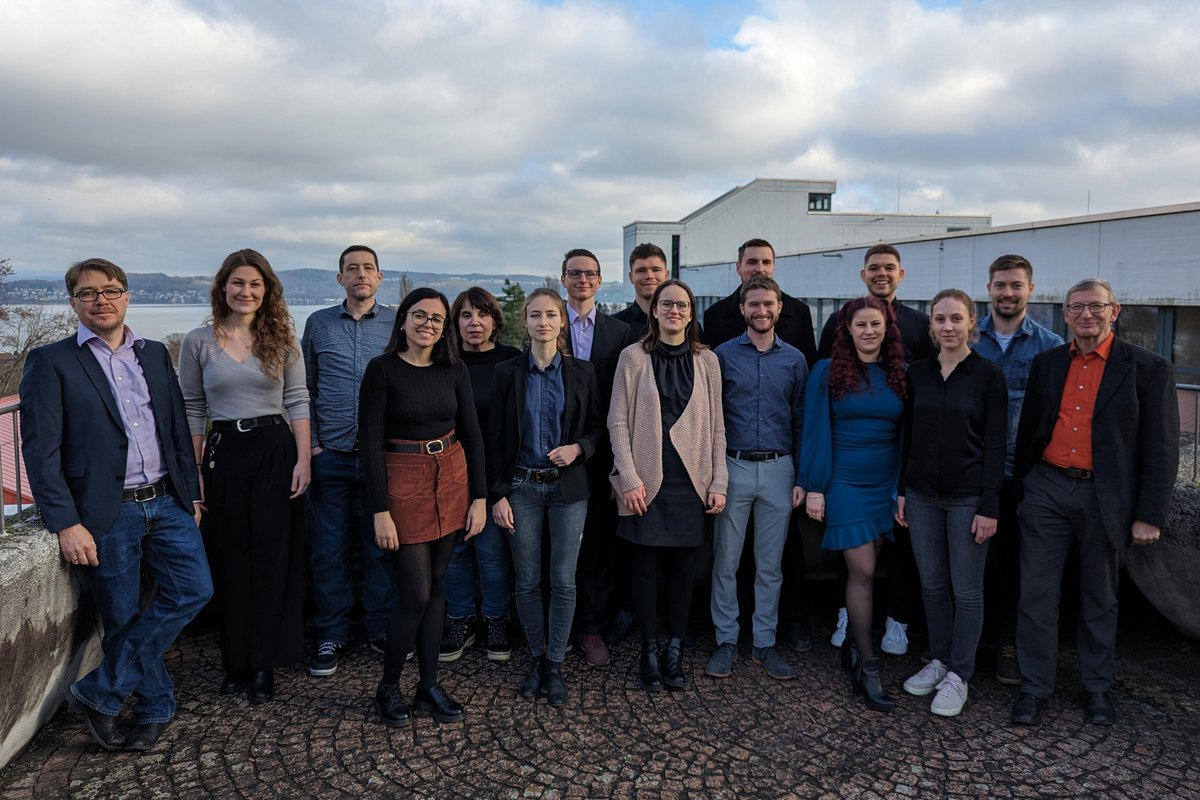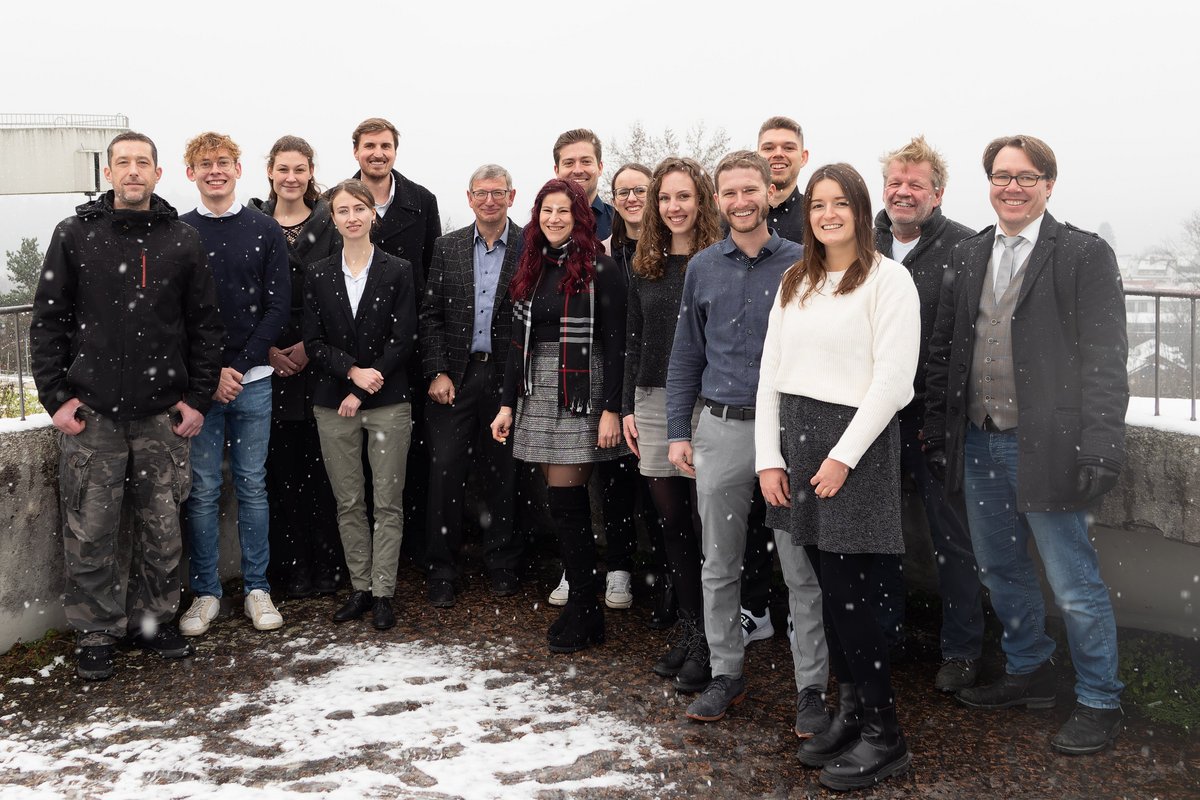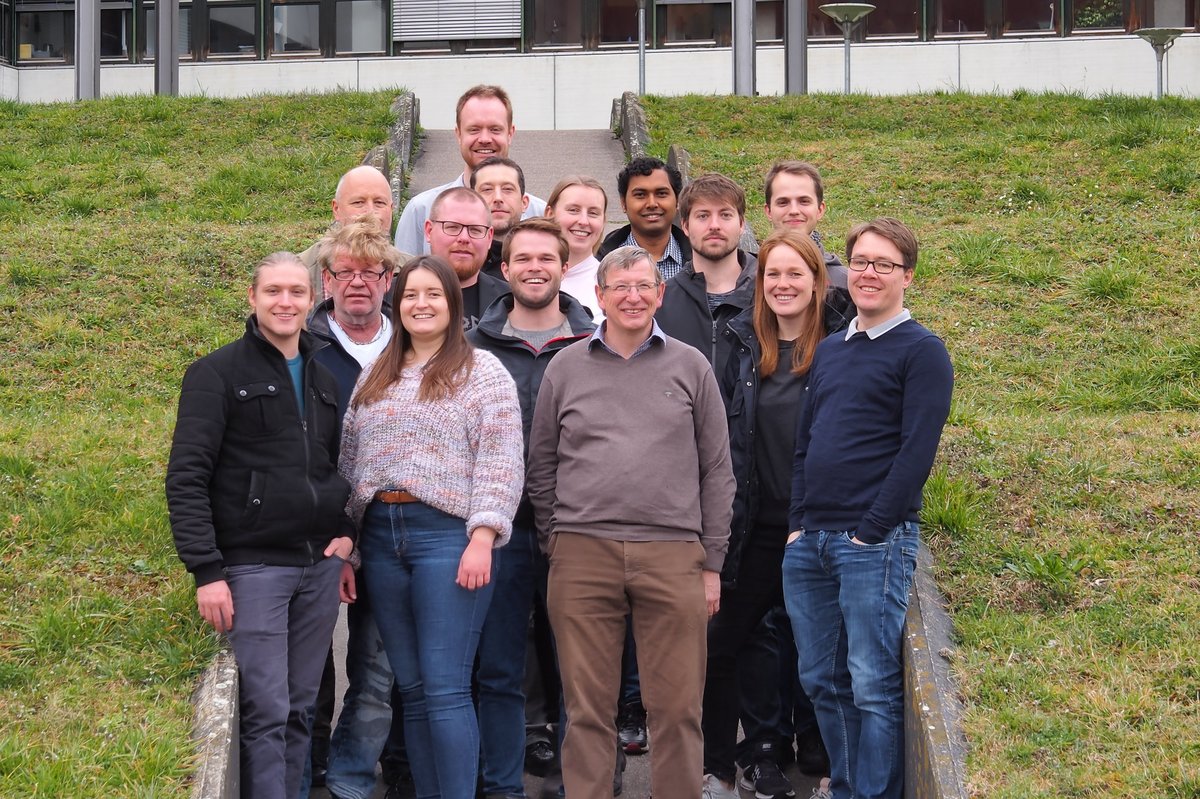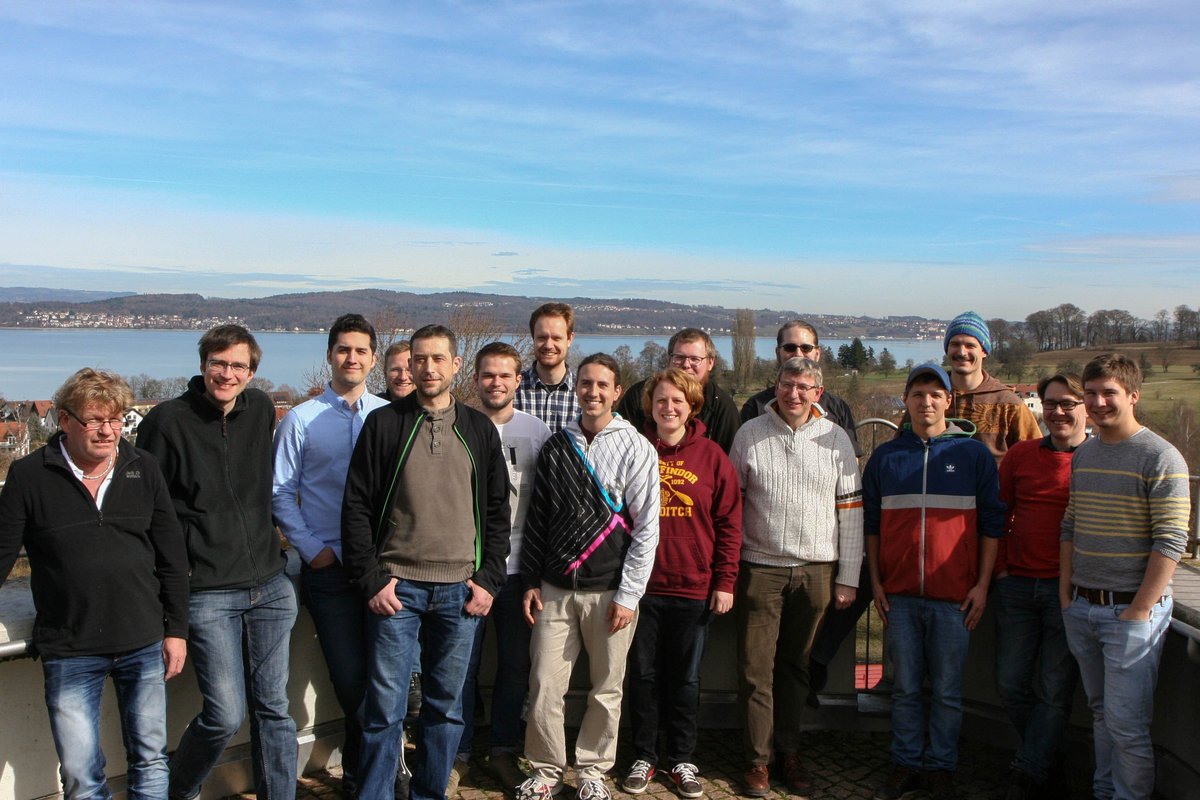Peter's Paper Online!
"Directing energy transfer in Pt(bodipy)(mercaptopyrene) dyads"
Peter Irmler, Franciska S. Gogesch, André Mang, Michael Bodensteiner, Christopher B. Larsen, Oliver S. Wenger, Rainer F. Winter
Dalton Trans., 2019, 48, 11690-11705
We report on the photophysical properties of three dyads that combine a 4,4-difluoro-4-bora-3a,4a-diaza-s-indacene (bodipy, BDP) and a mercaptopyrene (SPyr) dye ligand at a Pt(PEt3)2 fragment. σ-Bonding of the dyes to the Pt ion promotes intersystem crossing (ISC) via the external heavy atom effect. The coupling of efficient ISC with charge-transfer from the electron-rich mercaptopyrene to the electron-accepting BDP ligand (PB-CT) gives rise to a multitude of (potentially) emissive states. This culminates in the presence of four different emissions for the mono- and dinuclear complexes BPtSPyr and BPtSPyrSPtB with an unsubstituted BDP ligand and either a terminal 1-mercaptopyrene or a bridging pyrene-1,6-dithiolate ligand. Thus, in fluid solution, near IR emission at 724 nm from the 3PB-CT state is observed with a quantum yield of up to 15%. Excitation into the BDP-based 1ππ* or the pyrene-based 1ππ* band additionally trigger fluorescence and phosphorescence emissions from the BDP-centred 1ππ* and 3ππ* states. In frozen solution, at 77 K, phosphorescence from the pyrene ligand becomes the prominent emission channel, while PB-CT emission is absent. Alkylation of the BDP ligand in KBPtSPyr funnels all excitation energy into fluorescence and phosphorescence emissions from the KBDP ligand. The assignments of the various excited states and the deactivation cascades were probed by absorption and emission spectroscopy, transient absorption spectroscopy, electrochemical and UV/Vis/NIR spectroelectrochemical measurements, and by quantum chemical calculations. Our conclusions are further corroborated with the aid of suitable reference compounds comprising of just one chromophore. All dyads are triplet sensitizers and are able to generate singlet oxygen.
https://pubs.rsc.org/en/content/articlelanding/2019/dt/c9dt01737b#!divAbstract




